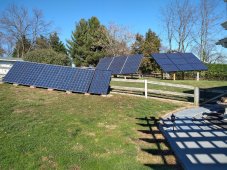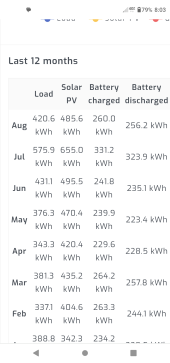khisanthax
New Member
Ideally I would want all the same panels for my project. But after buying 8 panels (1/4 of what I wanted). I realized they're not great and I could do better with used panels. I'm working towards researching three strings but as an option I wanted to know what happens if you mix panels on the same string?
I imagine you add the voc of each of set, calculations from midnite solar, and add the voc at the coldest temp in the area for each set. What about the current? Do you take the set of panels that has the highest current and use that for your calculations?
My inverter has a max current on the PC array of 27A and my current set of panels has 12.5A so I wanted to ask what the pros and cons of this less than ideal approach would be?
Long term I plan to put this set on a separate scc just for the battery but I currently can't purchase all the panels at once. So even if I purchase 3/4 now and then later on can't get the same panels I still might run into this situation. Thanks in advance.
I imagine you add the voc of each of set, calculations from midnite solar, and add the voc at the coldest temp in the area for each set. What about the current? Do you take the set of panels that has the highest current and use that for your calculations?
My inverter has a max current on the PC array of 27A and my current set of panels has 12.5A so I wanted to ask what the pros and cons of this less than ideal approach would be?
Long term I plan to put this set on a separate scc just for the battery but I currently can't purchase all the panels at once. So even if I purchase 3/4 now and then later on can't get the same panels I still might run into this situation. Thanks in advance.




